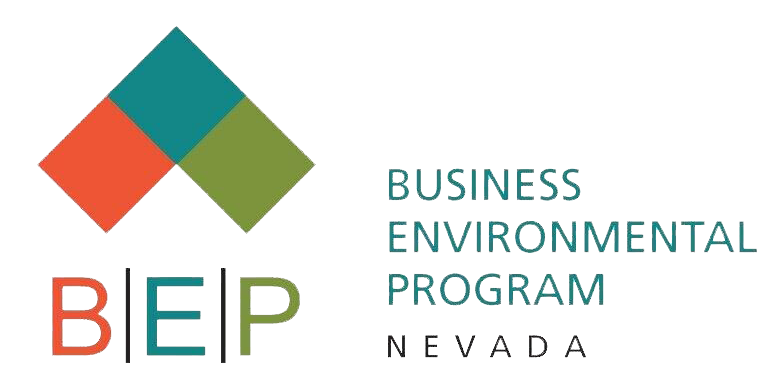For 50 years, the Clean Air Act (CAA) has protected the public health and the environment through the implementation of National Ambient Air Quality Standards (NAAQS) which measure the emissions and pollutants in our air. Since its implementation, emissions and pollutants have dropped by 77%.* In 1990 amendments were implemented, which significantly reduced the concentrations of air pollutants. Below are a few examples of the decrease in emissions for each pollutant.
- Carbon Monoxide (CO) 8-Hour – decreased by 78%
- Lead (Pb) 3-Month Average – decreased by 85% (from 2010)
- Nitrogen Dioxide (NO2) Annual – decreased by 59%
- Nitrogen Dioxide (NO2) 1-Hour – decreased by 51%
- Ozone (O3) 8-Hour – decreased by 25%
- Particulate Matter 10 microns (PM10) 24-Hour – decreased by 46%
- Particulate Matter 2.5 microns (PM5) Annual – decreased by 43% (from 2000)
- Particulate Matter 2.5 microns (PM5) 24-Hour – decreased by 44% (from 2000)
- Sulfur Dioxide (SO2) 1-Hour – decreased by 90%
- Numerous air toxics have declined with percentages varying by pollutant**
Nevadan’s have contributed to the success of the CAA over the past few years. Findings in the most recent Nevada Statewide Greenhouse Gas Inventory show that:
- Nevada has reduced greenhouse gas emissions (GHG) from 2005 levels by 22% as of 2016, primarily through reductions in the electricity generation sector via Nevada’s Renewable Portfolio Standard;
- Nevadans, on average, contribute 25% fewer GHG emissions per person than the rest of the U.S.
- As of 2016, Nevada contributed 0.68% of the nation’s total gross GHG emissions, despite having 0.90% of the U.S. population;
- Nevada has significant opportunities to offset GHG emissions through enhanced land management practices and the prevention of large wildland fires. Nevada’s forests, rangelands, urban trees, and agricultural lands can absorb and store carbon from the atmosphere to help offset GHG emissions from other sectors.***
Our nation’s air continues to improve with the CAA. BEP looks forward to working with Nevada businesses and our partners in state and local government to continue to improve Nevada’s air quality.
Sources:
*U.S. Environmental Protection Agency, gispub.epa.gov/air/trendsreport/2020/#home (last visited June 12, 2020)
**U.S. Environmental Protection Agency, gispub.epa.gov/air/trendsreport/2020/#home (last visited June 12, 2020)
***Nevada Division of Environmental Protection, Nevada Statewide Greenhouse Gas Emissions Inventory and Projections, 1990-2039, 17, (2019)
